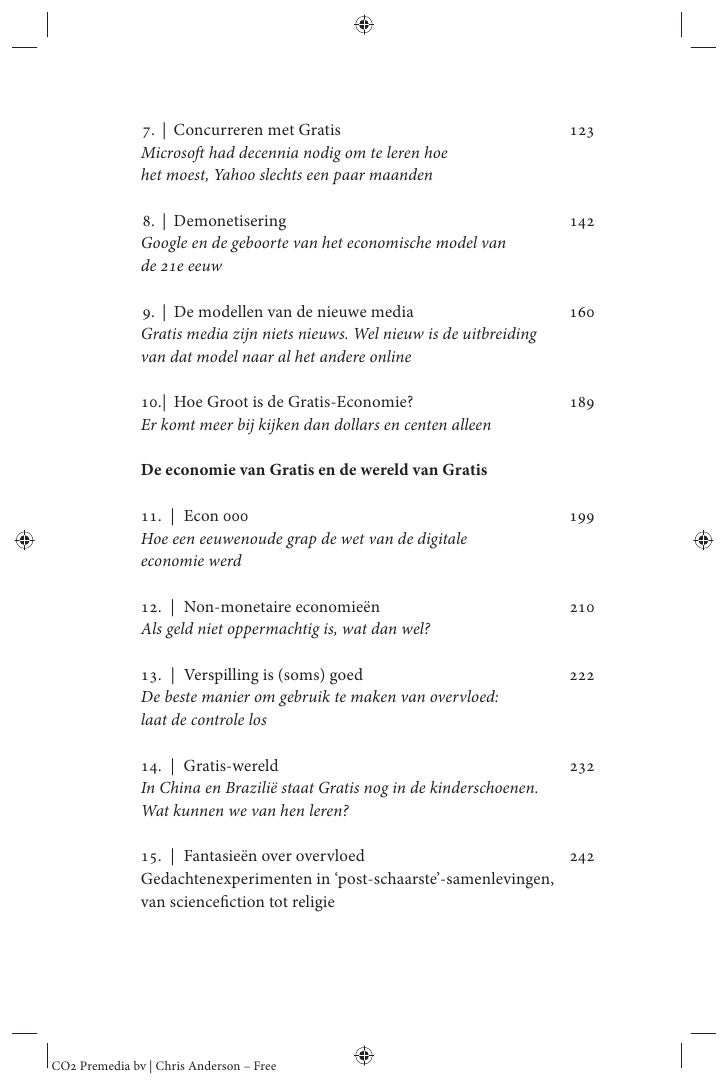

He was struck by an illness that progressed rapidly through his body and ended his life. The author’s account of the anthrax attack begins with a description of Robert Stevens, who worked as a photo retoucher for The National Enquirer. Whether or not another smallpox crisis will occur depends on human nature, as there are no scientific solutions to prevent this from happening. He believes that a new form of destruction is possible and it could break through previously effective methods for preventing infection.

The author of The Demon in the Freezer explains that the anthrax attack of 2001 did not involve smallpox, but he also points out that it could have. With some help from Lisa Hensley, Jahrling succeeded in infecting lab monkeys with smallpox-even though strains of “smallpox” are species-specific and only target humans. Henderson believed that destroying all existing stocks would send a message of cooperation and caution, while Peter Jahrling supported doing more research because he thought it was important for scientists to understand how the disease worked so they could develop vaccines against it.

The Russians were developing bioweapons that could be delivered by missiles, and researchers wanted to know if they should perform new research on smallpox in order to protect people from any future attacks. There has been a lot of controversy over whether or not to destroy the stocks of smallpox. The last naturally occurring case arose in 1977, but it is impossible to know if other countries have clandestine samples of smallpox because they are stored only at two facilities: one lab freezer facility in the United States and another one in Russia. Although a series of deadly smallpox cases broke out in Germany in the early 1970s, it was contained and driven from its possible strongholds in Asia under D.A. Preston then shifts his focus to the eradication of smallpox, an effort that consumed scientists and fieldworkers around the globe. Soon after that attack took place, researchers at USAMRIID were worried that the envelopes might contain smallpox instead of anthrax. It focuses on smallpox, which was used as a bioweapon in 2001. The book, The Demon in the Freezer, is about bioweapons and epidemic diseases.


 0 kommentar(er)
0 kommentar(er)
